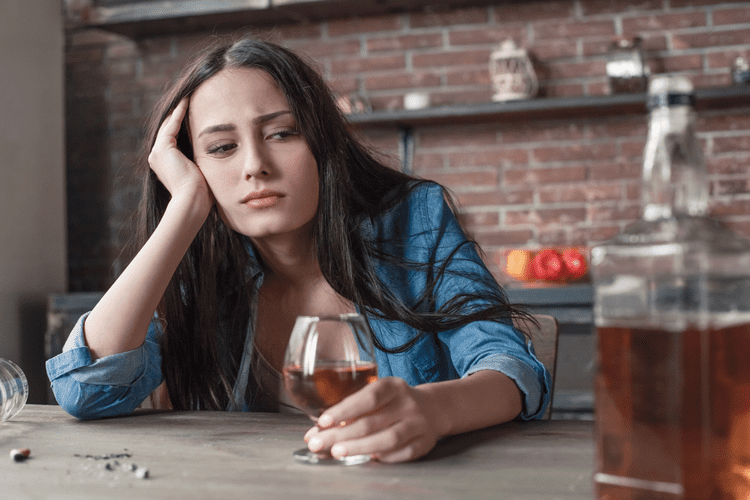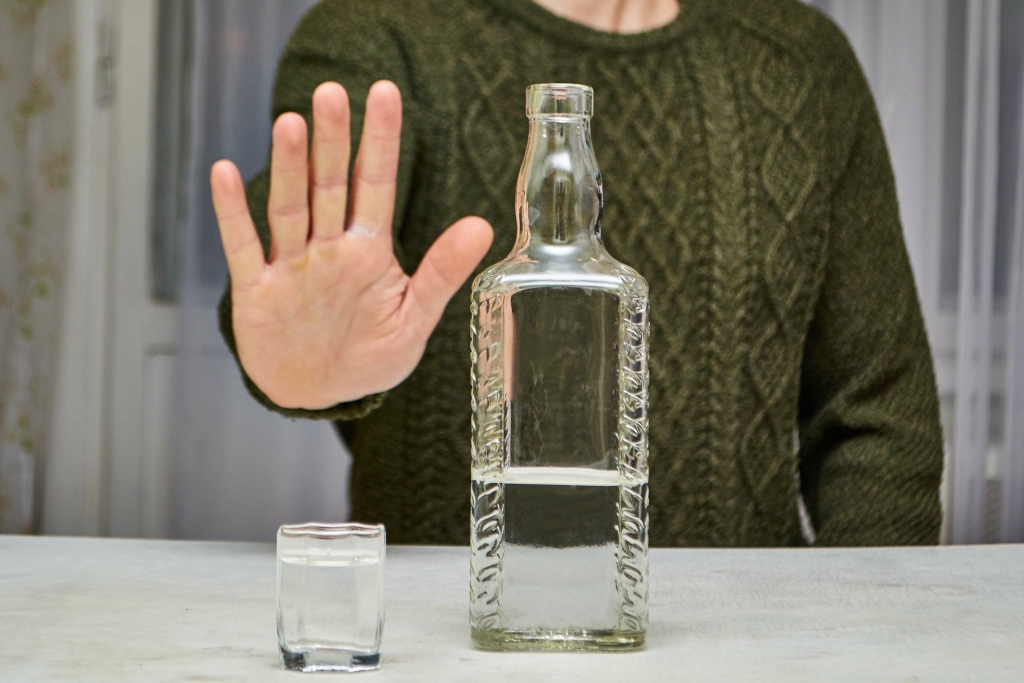All About Drug And Alcohol Addiction And Treatment
Medical detox helps manage these symptoms safely, using medications and professional monitoring to reduce discomfort and prevent serious health risks. Gradually reducing the drug dose assists in managing withdrawal symptoms while also protecting the patient’s mental and physical health. At this point, the patient progressively decreases the drug dose and experiences withdrawal symptoms as the body tries to reach a state of stability in the absence of the chemical. This step is unique to each patient and changes according to the intensity of their substance use.
You deserve excellent care and a rewarding life in recovery.
Thomas has been in the Santa Cruz area his whole life and is proud to serve his community in fighting addiction one client at https://remotetalents.nl/why-do-heavy-drinkers-outlive-nondrinkers/ a time. If you notice any of these signs, it’s essential to talk with your doctor about what they mean so you can receive the appropriate treatment. Drug addiction significantly impacts family dynamics, often creating a stressful and sometimes volatile environment. ‘s 2017 study, ‘Understanding adolescent inhalant use’, approximately 684,000 adolescents aged 12 to 17 used inhalants in 2015. The study found that adolescents were more likely than adults to use inhalants (2.7% vs 0.4%), with female adolescents showing higher rates than males (3.2% vs 2.3%). Most users (59%) reported using inhalants 1-11 days in the past year, with felt-tip pens/markers being the most commonly used substance.
How to Recognize and Manage Emotional Triggers in Recovery
Developing coping mechanisms to manage stress, cravings, and triggers is important for handling the challenges that may arise during the lifelong journey of recovery. Tapering often involves either slowly lowering the dose of a drug or the use of medications to alleviate drug withdrawal. For example, many outpatient opioid detoxification and inpatient opioid detoxification programs will use a combination of medications to help someone taper off of opioids. These medications may include anti-anxiety medications like benzodiazepines, anti-nausea medication, and/or medication-assisted treatments (MAT) like suboxone to minimize withdrawal symptoms. Starting the journey to recovery from drug or alcohol addiction is a courageous step, and detoxification (detox) is often the first phase.
Short-Term Effects of Drug Addiction
These drugs have Sober living home more of an impact on your body, which means it’s essential always to be aware of what you’re taking so you do not overdose or go through any severe side effects. Understanding the different types of addiction is crucial for effective treatment and support. Physical addictions involve substance dependence, leading to tolerance and withdrawal symptoms.

DBT’s role in improving emotional resilience

Identifying mental health concerns that can contribute to substance abuse leads to more effective treatment. An individualized treatment plan takes unique needs into account, putting people in a better position to continue their journey toward sobriety. The duration of the detox process varies depending on several factors, including the drug in question, the individual’s level of dependence, and their overall health. Generally, the acute phase of detox lasts anywhere from a few days to a couple of weeks. For some drugs, like alcohol or opioids, detox may take several weeks or even months. The side effects of drug detox are nausea, anxiety, sweating, and seizures, among others.
- If you believe it’s your best option, get a doctor to review your situation and approve the plan before you start.
- However, trying to quit cold turkey without any medical support has a lower chance of success than seeking medical support and supervision to stop substance use.
- Additionally, they can also help you ease your withdrawal symptoms; even if they aren’t deadly, many are uncomfortable, and seeking professional help can make your detox process much less challenging.
- Different drugs have different effects on your body, both during use and as your system begins to heal.
Urban Recovery is a top addiction treatment center in 2025, offering personalized care, family support, and dual diagnosis treatment for lasting recovery. He utilizes positive psychology as much as possible during his counseling sessions. Positive psychology is a treatment approach that believes all people want to lead fulfilling and meaningful personal and professional lives.
What Are the Most Common Medications Used for Cannabis Detox?
Whether you’re struggling with alcohol, opioids, or other substances, our holistic detox process is designed to help you start strong. There is only one class of these medications known as benzos, so it doesn’t matter drug detox if you’re prescribed Xanax or Ativan. The most common treatment for withdrawal symptoms is to use drugs like Buspirone and Flumazenil to help lessen the effects of withdrawal symptoms, which can include insomnia, irritability, and panic attacks. These stages represent critical transitions from casual exposure to compulsive drug use, marked by increasing tolerance, loss of control, and significant life impacts. Treatment for alcohol use disorder typically involves a combination of detoxification under medical supervision, behavioral counseling, and therapy.
- Stimulants are substances that increase activity in the body and brain, raising levels of physiological or nervous activity in the CNS.
- Similarly, it decreased serious opioid-related acute care use by 42% at 3 months and by 26% at 12 months.
- The duration of the detox process varies depending on several factors, including the drug in question, the individual’s level of dependence, and their overall health.

Additionally, screenings such as the DSM-5 criteria or the Substance Abuse Subtle Screening Inventory (SASSI) help to quantify the severity of the addiction and guide treatment plans. Together, these methods provide a holistic view of the individual’s condition, enabling healthcare professionals to make accurate diagnoses and recommend appropriate interventions. Level 4-WM is the most intensive type of inpatient treatment for severe withdrawal and is known as medically managed withdrawal. You receive 24-hour nursing care plus daily physician visits to treat medically unstable symptoms in a hospital or a similar setting. Alcohol and benzodiazepine withdrawal can lead to seizures, unstable vital signs, confusion, and even death.
These symptoms interfere with daily life and lead to significant health and social issues. Hallucinogen addiction includes the use of substances that alter perception, such as LSD and psilocybin mushrooms. While not as physically addictive as other drugs, hallucinogen addiction leads to psychological dependence and persistent changes in mood and perception. The 2021 National Survey on Drug Use and Health (NSDUH) found that 3.6% of people aged 12 and older, roughly 10.6 million individuals, reported using hallucinogens in the previous year. This figure includes 8.1% (approximately 2.7 million) of young adults aged 18 to 25, 3.0% (around 6.6 million) of adults aged 26 and older, and 2.0% (about 521,000) of adolescents aged 12 to 17 (SAMHSA, 2021).




